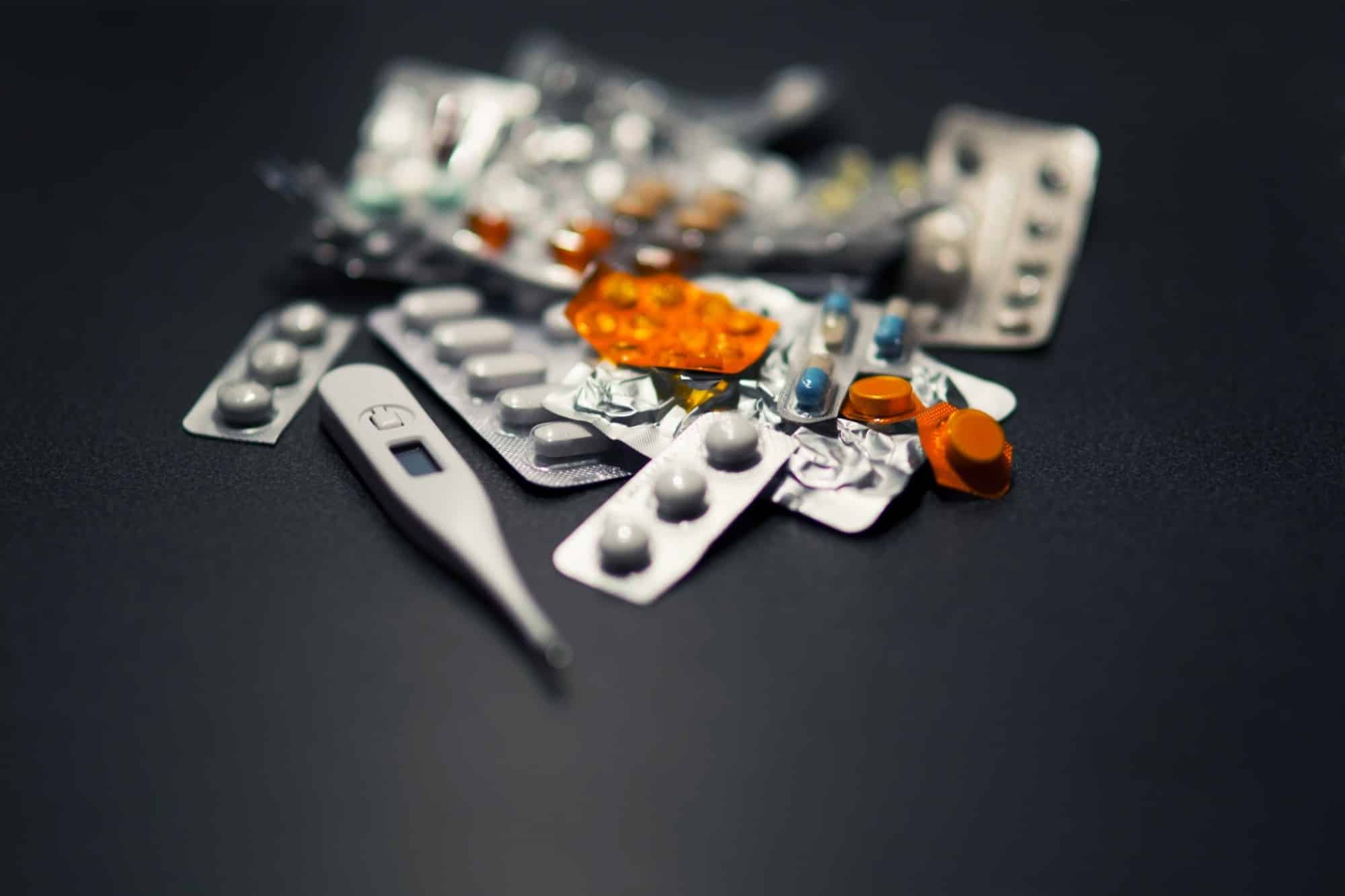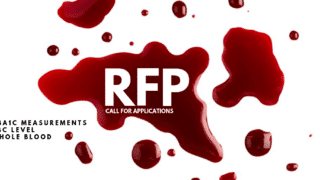The research we fund is driven by several factors, including a contemporary need for information on a substance or test, a need for new methodologies, or a researcher’s passion on a given topic. In 2014/2015 many of the projects we funded focused on three major areas:
- Blood Doping & EPO
- Peptides & Proteins and
- Anabolic Steroids


The goal of the PCC is to protect clean athletes through applied scientific research. Testing methods which are intrusive, inefficient, or costly are less likely to be performed with the regularity truly needed to deter athletes seeking an advantage. This is why it’s so important for anti-doping researchers to consistently seek new technologies for detecting and measuring performance enhancing drugs and substances. While 2014 and 2015 focused on these three categories, 2016 has begun with a focus on two different alternate specimens: Dried Blood/Plasma Spots and Breath Analysis.
For example, the PCC has recently funded a Micro-Grant to investigate the capabilities of a novel breath test from Swedish company Sensabues to detect PEDs. The test has already been proven to detect illegal drugs such as amphetamines, cocaine, and heroin, but more information is needed to determine if the test could be useful in the athletic sphere. If so, athletes would need only submit to breathing into the device for 20 inhale/exhale cycles – an incredibly non-intrusive process that requires very little time or cost that is traditionally associated with drug testing. Athletes can quickly and easily return to their schedule and administrative costs decline dramatically, making the test much more likely to be used with great frequency.
Whether it be through breath analysis, dried blood and plasma spots, or most likely a combination of both, we at the PCC will be on the cutting edge of anti-doping research in order to protect the clean athlete.




